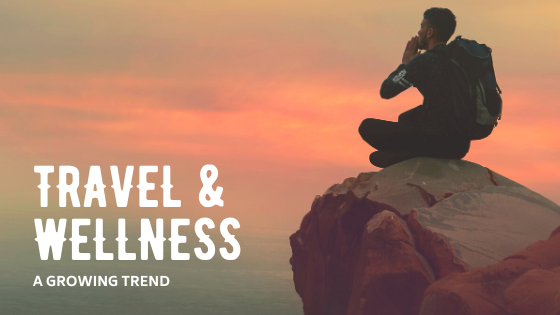Wellness tourism is an industry that is expanding, supported by travelers who are actively seeking means to enhance their well-being while venturing the globe. The world of wellness is a global economy of fitness offerings, care techniques, alternative medicine, nutrients, and much more. It reached an impressive $4.5 trillion in 2018 and is still on the rise. These popular perceptions of fitness, diet, and healthy living have transformed and powered new business sectors.
New Frontiers
The trend of wellness tourism has grown at more than double the rate of overall tourism, and the majority of the wellness travelers demographic are higher-educated women between the ages of 30 and 60. While the idea is rapidly gaining in popularity, traveling with the improvement of well-being in mind is not new.
Consider pilgrimages taken to Rome’s ancient baths, Asia’s natural hot springs, and the Dead Sea. More recently, people have gone for yoga retreats around the world, and even Thai colon-cleansing holidays. But, wellness tourism today exists more as an extension of a traveler’s values and lifestyle.
Worldwide Awareness of Wellness
Around the world, people are doing more to incorporate elements of prevention, health, experience, mindfulness, and self-actualization into daily life. It should, therefore, come as no surprise that people expect a continuation of wellness routines and healthy lifestyles when away from home. Even more so, those looking to maintain their healthy lifestyles often seek out opportunities to volunteer and help others adopt similar habits, in the countries they are visiting.
Taking Lessons Home
Wellness tourism also helps travelers gain new perspectives. An overhaul of a monotonous mental repetition can be a great tool for stress management, facing difficult conversations, finding connections, or for the experience of more joy. There is a clear appetite, too, for this type of wellness tourism, as more and more research has gone into the benefits and importance of positive mental health.
Finding Community
Reserving a spot on a trip can feel, in some ways, like buying one’s way into a community. A multi-day trip requires dedication of time, energy, and resources. This is a serious commitment, even for those capable of readily affording it. However, it ensures one is surrounded by those with shared sensibilities. This connection inspires a particular feeling that simply cannot be experienced when meditating or exercising alone. In 1912, French Sociologist Emile Durkheim coined this concept, calling it “collective effervescence.” It refers to the way gatherings can intensify a group’s shared experience.
